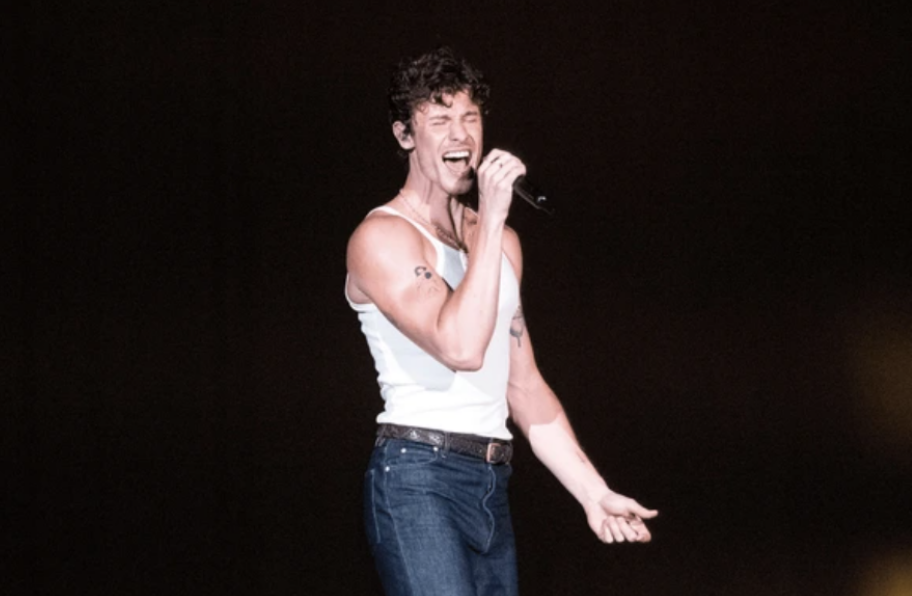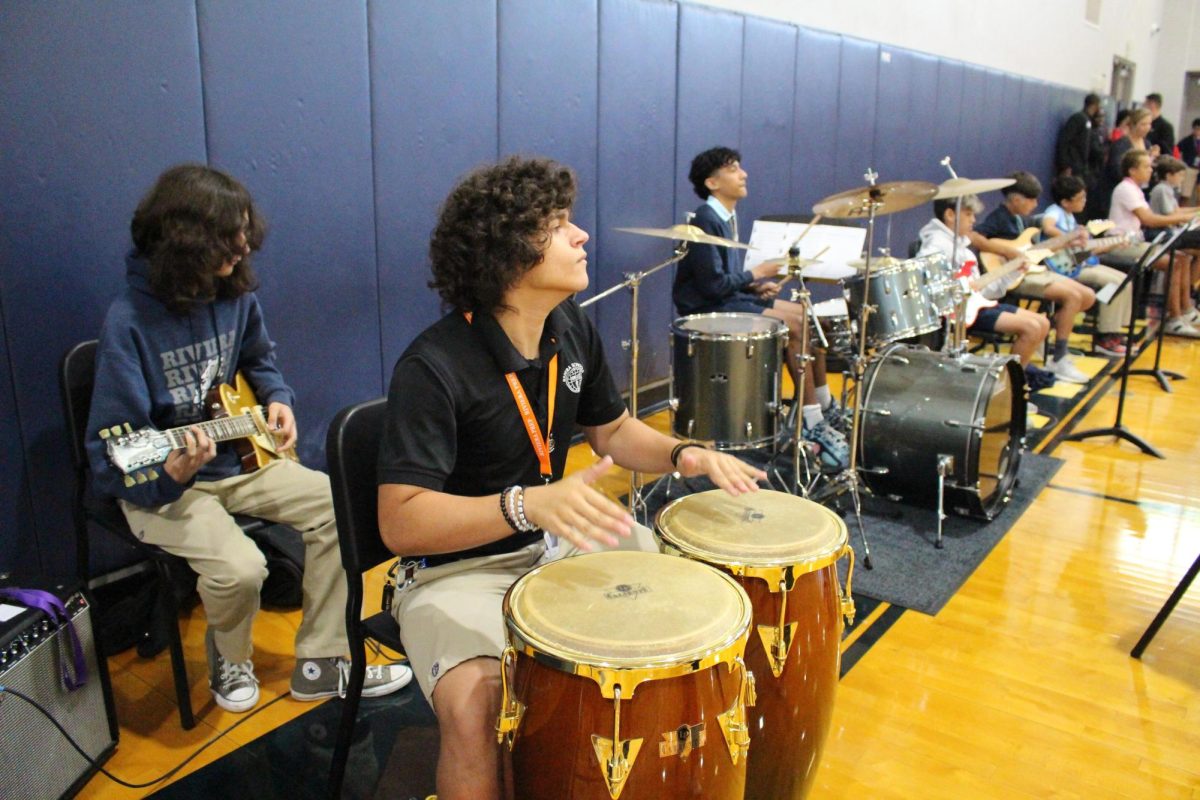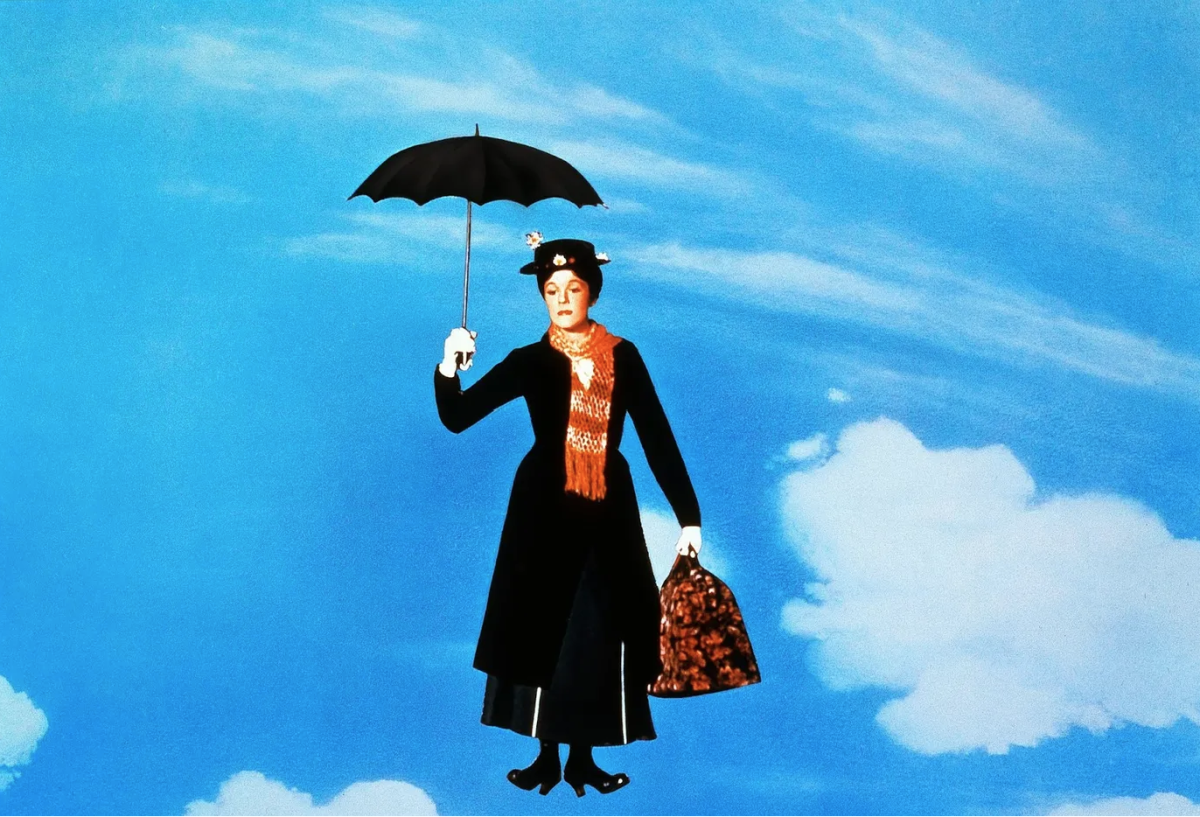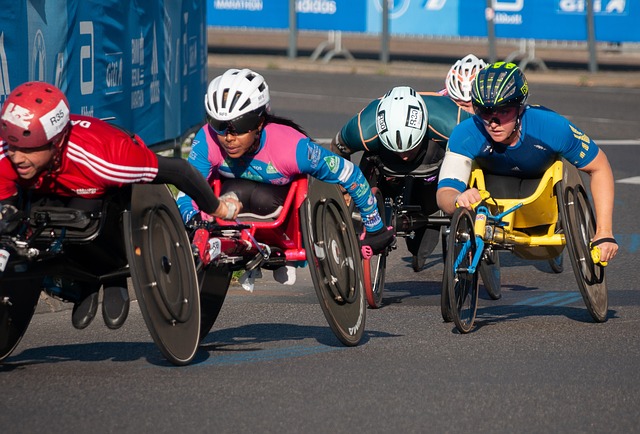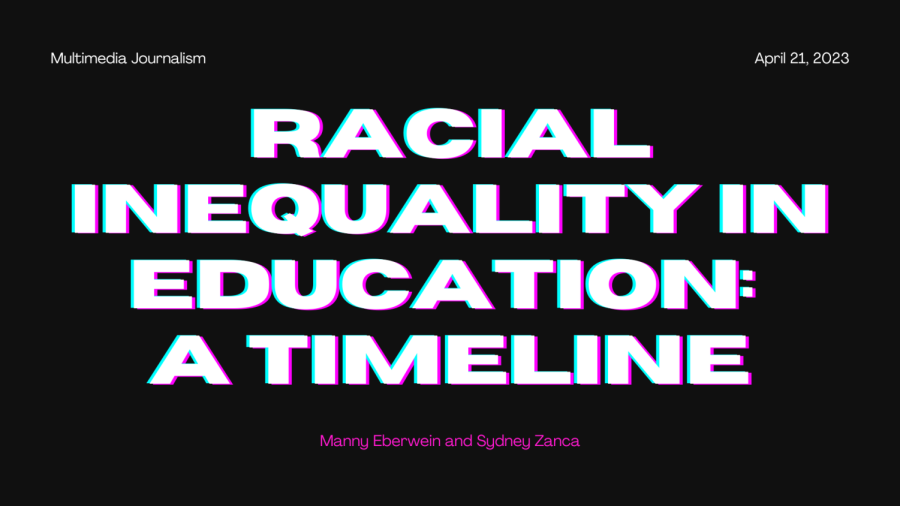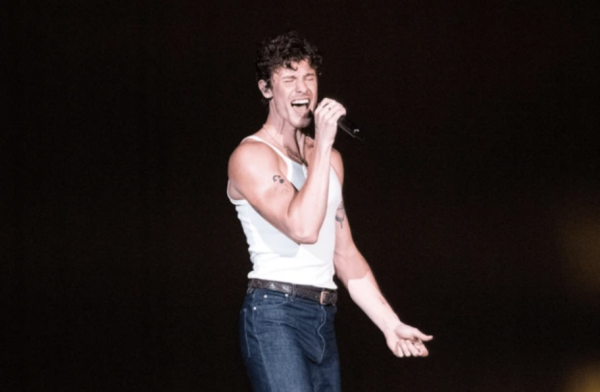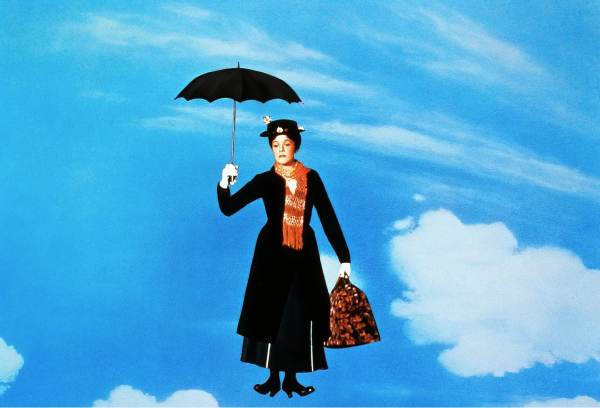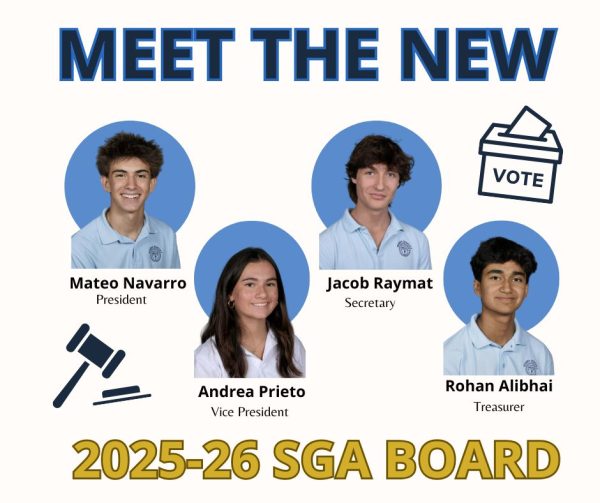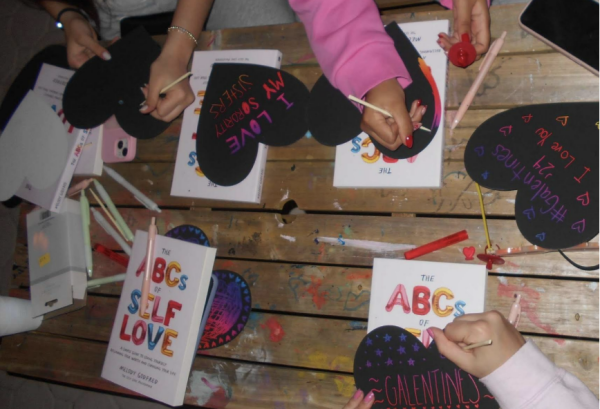Racism in American Education
The Civil Rights Movement in 1960 drastically changed the quality of life for Black people in America; however, there are still inequalities that African Americans face in this country today, especially in schooling. In the early 1900s, black people were fighting to obtain the same rights as white people in the world of education. We recognize significant moments in history like Plessy v. Ferguson and Brown v. Board of Education, but what goes unnoticed today are the numerous injustices that Black students in America face.
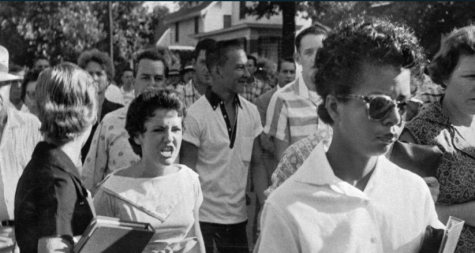
Racism 100 years ago is different from racism against Black people today; in the past, it was more overt and blatant. Black people experienced harsh verbal and physical violence from white people and were blamed for inflicting violence on white people. Black kids sat in the back of classrooms, were forced to use separate bathrooms, and suffered from other forms of violence. These are a few of the injustices that people of color faced during this period. This is because it was legal to discriminate against people of color. While Jim Crow laws were mandated, people did not face any legal consequences for being racist or colorist against POCs (people of color). Additionally, as a result of these laws, people of color were forced to use separate restrooms, restaurants, and other establishments, which hampered their quality of life. Even though these laws segregated them, Black people were forced to listen to the harsh remarks of their oppressors. These laws have been nullified, and discrimination is illegal, yet Black people still experience racism, just in different ways.
Even after years of fighting for equality, America still sees discrimination against Black people. They are discriminated against on the streets, in the workplace, and in schools. Curriculum and teaching methods in schools are often biased towards white students and their cultures. This is known as “educational” bias, and often teachers are unaware that they display it. The effects of this prejudice cause students of color to feel disengaged or excluded from education. Teachers are more likely to watch for misbehavior in Black students than in their white peers. According to a study at Yale University, preschool teachers watched Black boys 42.4% of the time, while they watched white boys 34.3% of the time.
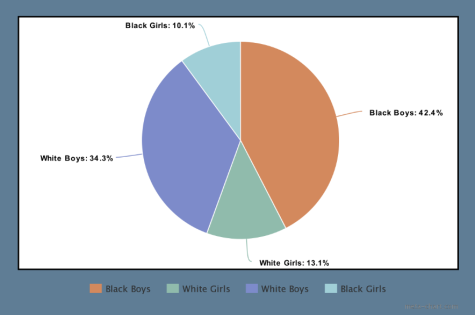
Another current prejudice in the education system is the disparity in discipline. Students of color are often disciplined more harshly than their white peers, even if they have broken the same rules. This also explains the high rates of expulsion and suspension for Black students.
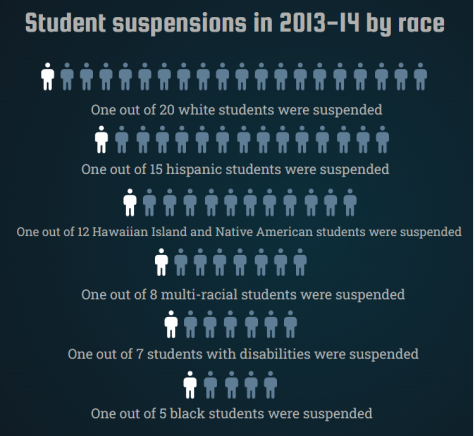
One in every 20 white students is suspended, while one in every five Black students was suspended in 2013–14. (U.S. Government Accountability Office).
Furthermore, unequal access to educational resources prevents students from achieving their full potential. Students of color often attend schools with fewer resources, less experienced teachers, and outdated materials. Black, Latino, and low-income students are behind further because they have received less access to reliable internet, a computer, and time with teachers and peers. These factors negatively impact their academic performances and affect their futures.
Another disadvantage students of color face is segregation. Many schools continue to have severe racial segregation despite the fact that it should no longer be in practice. This may be due to district zoning, tracking, and school choice policies; however, our history of redlining also has an impact on modern segregation.
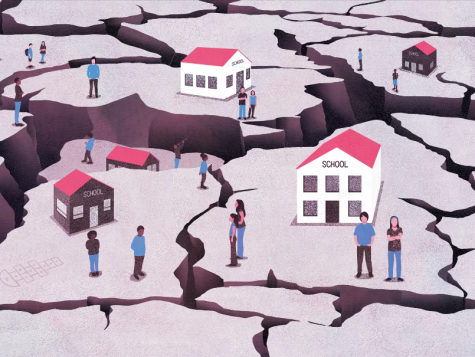
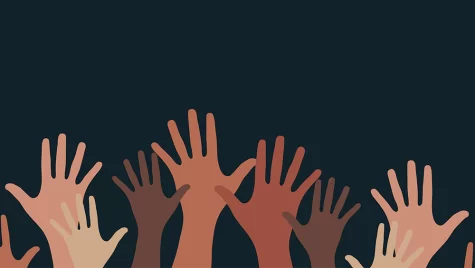
There are a lot of different things that can be done to help promote equality in education. To fix the imbalance, we should make sure that schools are more diverse and focus on providing more resources to schools in low-income areas. We may have come a long way, but there’s still work to do. If we want to give everyone equal opportunities, we should acknowledge the present issues and work toward creating a more equitable and just system for all students.
Your donation will support the student journalists of Riviera Preparatory School. Your contribution will allow us to purchase equipment and cover our annual website hosting costs.




